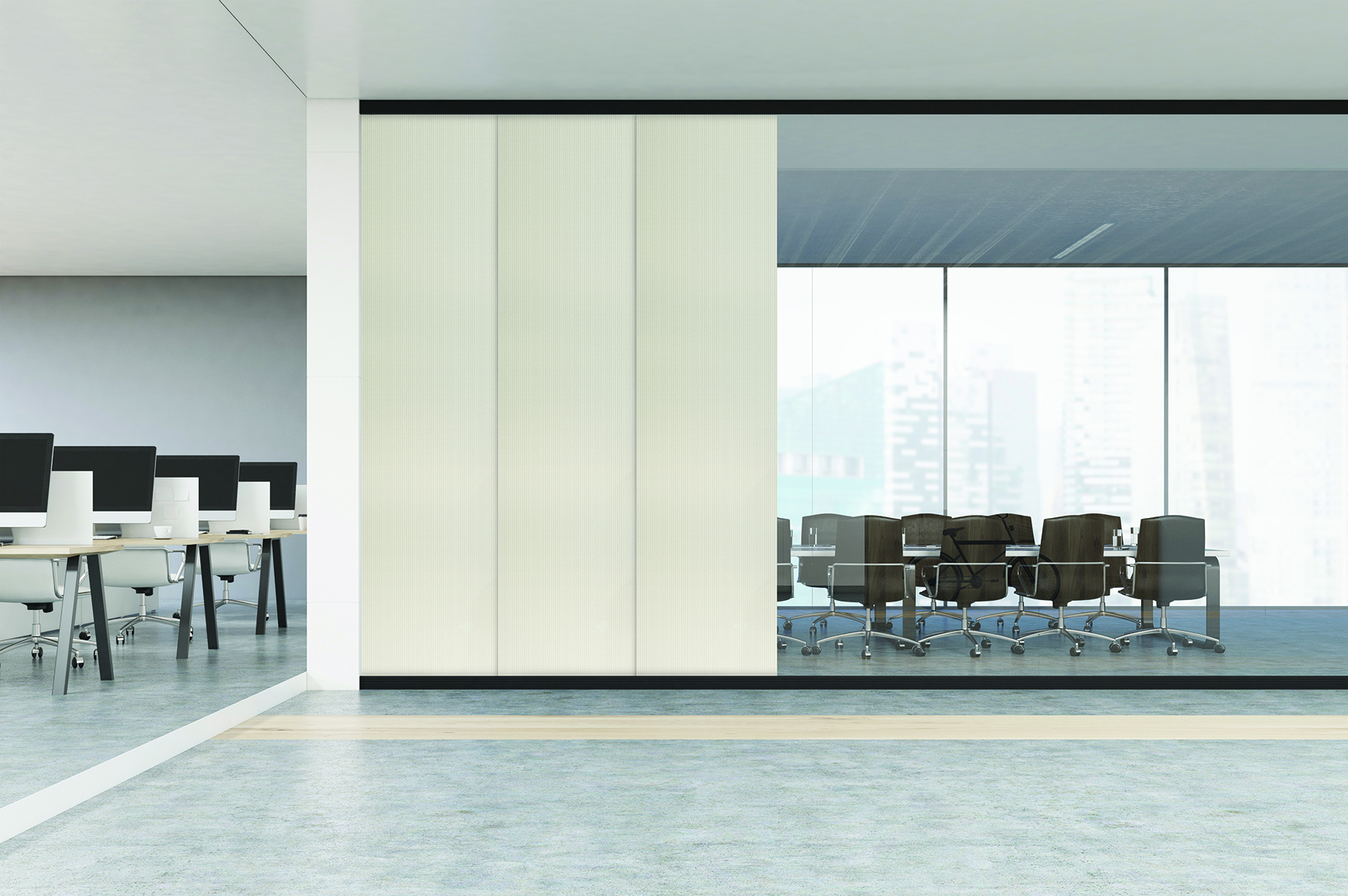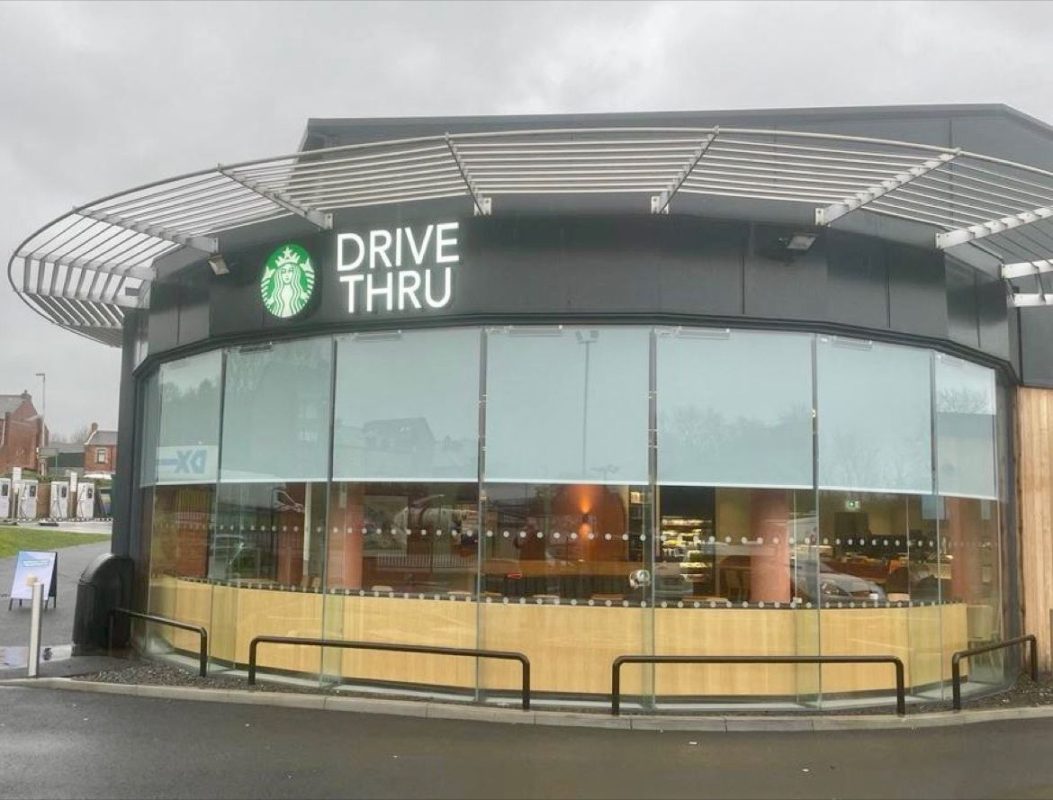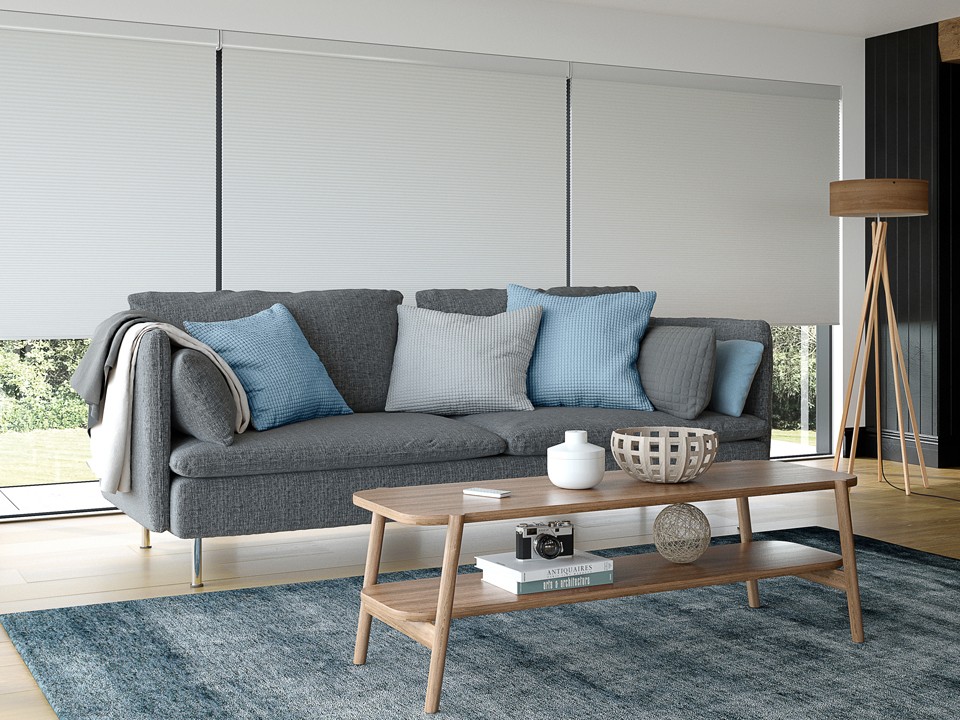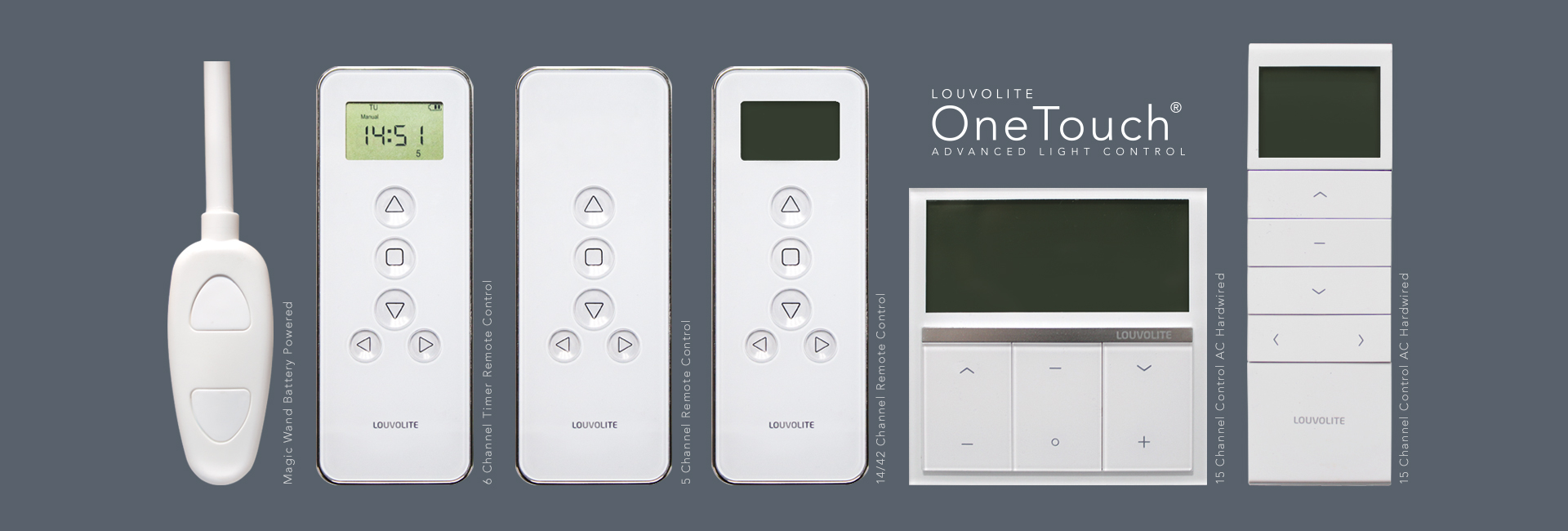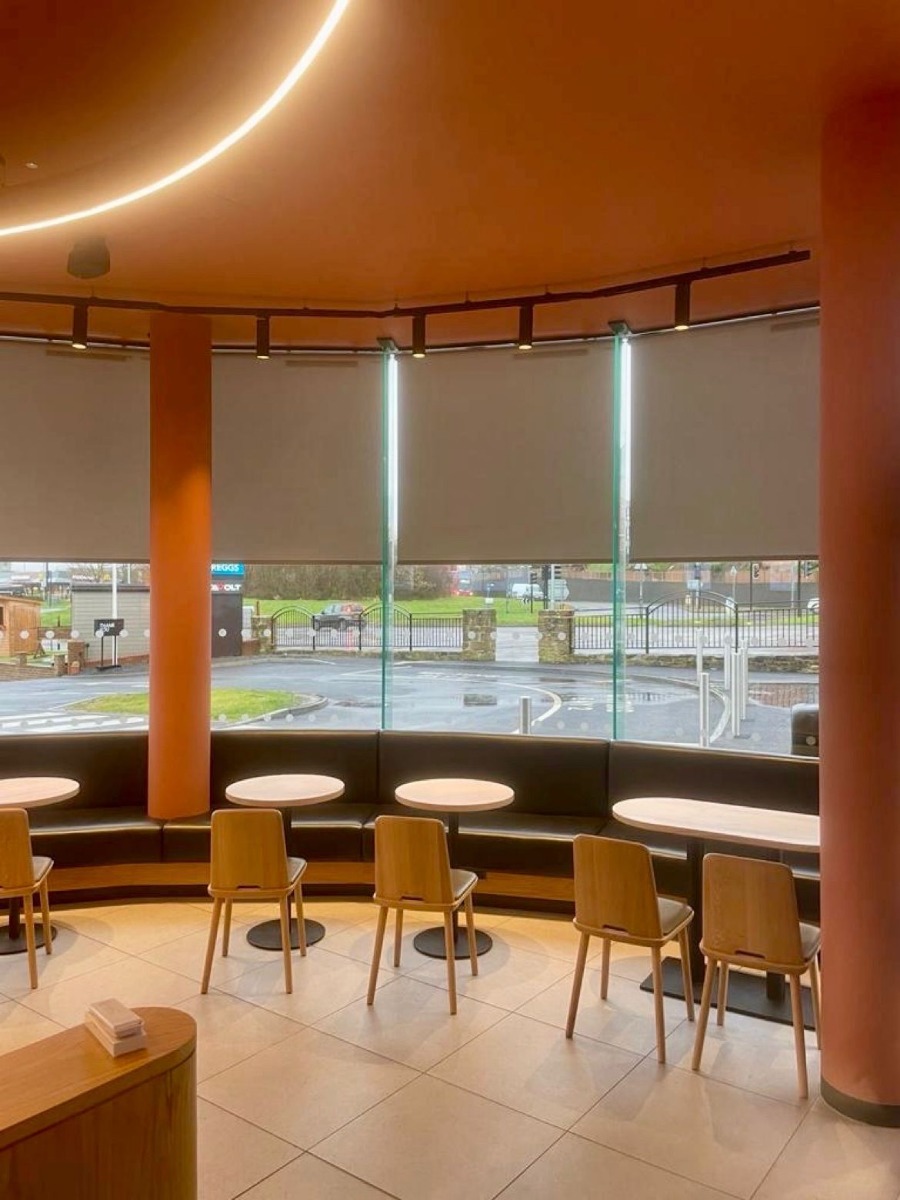The Essential Guide to Blinds in Commercial Properties
In today’s commercial landscape, aesthetics and functionality are crucial elements in the workplace. Often overlooked, blinds play a significant role in this space. They not only enhance the visual appeal of the workplace but also offer various benefits that can improve the overall efficiency and comfort of commercial properties. This is why blinds should be a key consideration for any commercial space.
Enhanced Privacy and Security
Different types of commercial spaces, such as offices, government buildings, or educational institutions, require varying levels of privacy. Blinds can be a simple but effective solution for regulating visibility both into and out of a space. In sensitive environments, like hospitals or government buildings, blinds can be especially useful in safeguarding confidentiality.
Light Control and Energy Efficiency
Having natural light in a building is a great feature that is highly valued. However, excessive sunlight can cause glare, which can make it difficult for employees to see their computer screens and might lead to eye strain. Blinds provide a precise way to control the amount of light that enters a room. By adjusting the blinds, you can reduce the need for artificial lighting, therefore cutting down on energy bills. Additionally, blinds can help maintain an optimal indoor temperature, which can lower the need for heating or air conditioning.

Aesthetic Appeal and Professional Environment
The appearance of your commercial property can say a lot about your business. Blinds are available in various styles, materials, and colours, offering a customised look that can enhance your brand image. An appropriately selected set of blinds can convert an uninviting office into a friendly space that boosts the morale of your employees and leaves a great impression on your clients.
Durability and Ease of Maintenance
Installing durable blinds is crucial for commercial properties to ensure longevity. Blinds that are designed to withstand daily wear and tear are a wise investment for commercial properties. They are also easy to clean and maintain, which is essential for areas with high foot traffic, such as hospitals or food establishments, where hygiene and cleanliness are a top priority.
Noise Reduction
Blinds can contribute to a quieter office environment. Certain types of blinds, especially those made from thicker materials, can dampen external noise, contributing to a more focused and productive workspace.

UV Protection
Prolonged exposure to UV rays can damage furniture, carpets, and artwork by causing them to fade over time. Blinds can block or filter out harmful UV rays, protecting the interior furnishings and extending their lifespan.
Customisation and Flexibility
Every commercial space is unique, and the ability to customise window treatments to fit specific needs and designs is a significant benefit. Blinds can be made to measure any window size and can be motorised for added convenience, especially in spaces where windows are out of reach or too numerous to adjust manually.
Cost-Effectiveness
Investing in high-quality blinds can be cost-effective in the long run. By enhancing energy efficiency, reducing the need for artificial lighting, and protecting interiors from UV damage, blinds can save commercial properties money on maintenance and utility costs.
The Benefits of Blinds in Commercial Spaces
Blinds are not just about enhancing the look of a commercial space. They offer privacy, efficiency, comfort, and branding. Whether it’s roller blinds creating a sleek look in a modern office or vertical blinds offering practical durability in schools and hospitals, the right window treatments can make a significant difference. With careful selection and proper installation, blinds can serve as a multifaceted tool that adds to both the functionality and appeal of any commercial space.
To ensure that your commercial property is both efficient and secure while also being welcoming and professional, it is important to choose the appropriate blinds that cater to its specific needs. This way, you can create an environment where both employees and clients feel comfortable and inspired.

